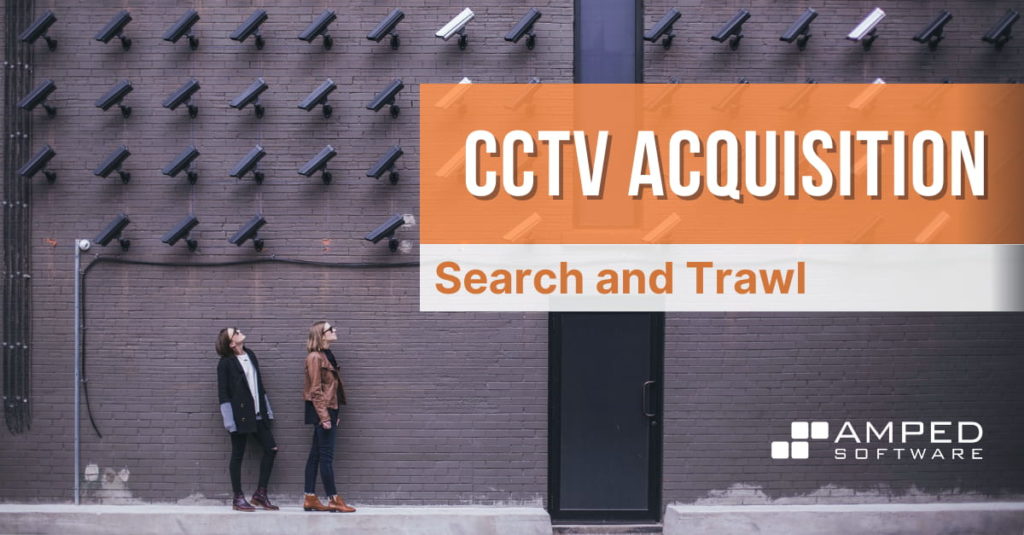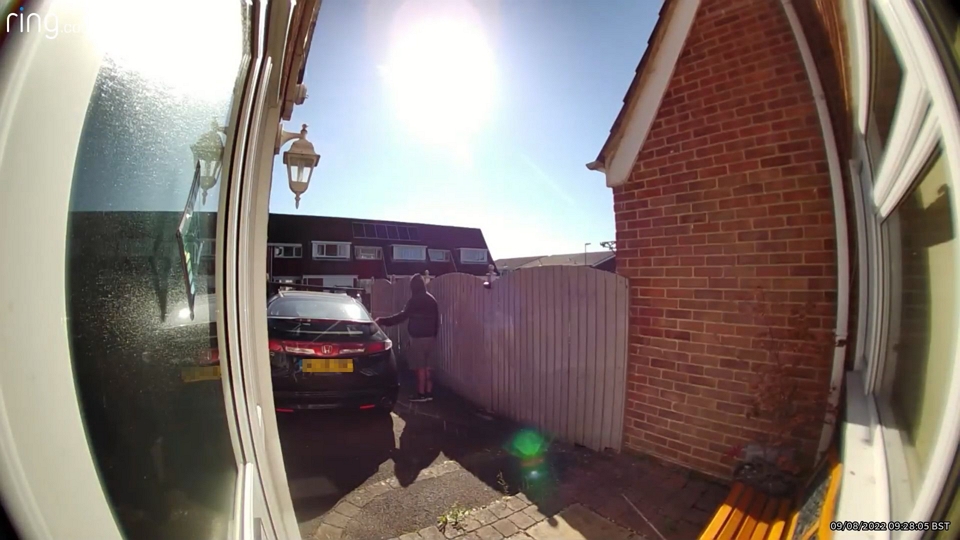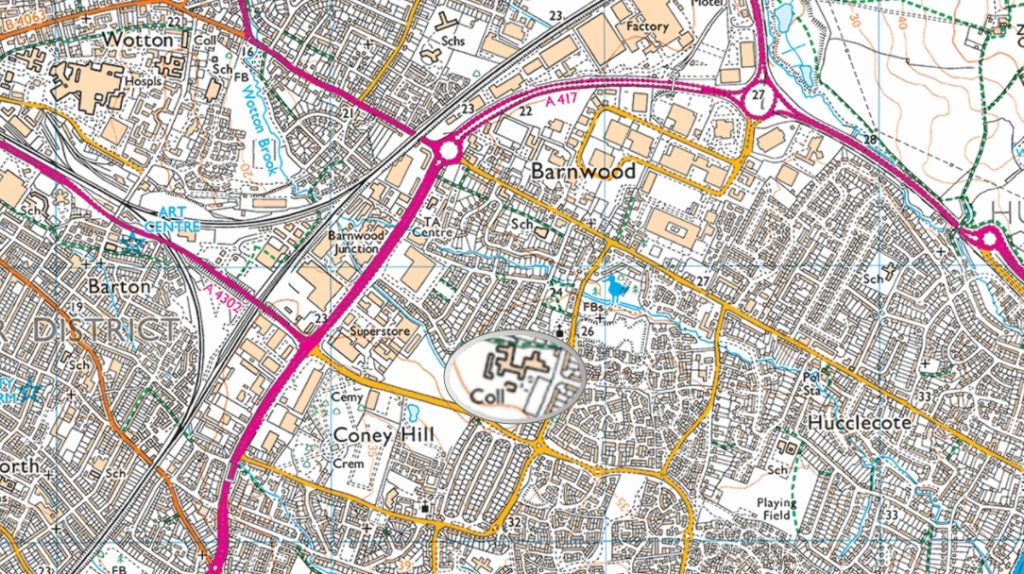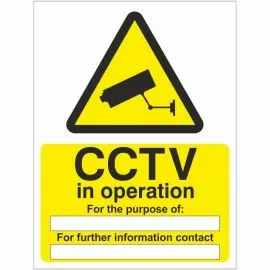
Welcome back to the Amped blog series on CCTV Acquisition. In this week’s post, we are going to look at one of the most important initial stages of any acquisition. That is, identifying the presence of CCTV through search and trawl.
For many incidents, it is straightforward and clear. For an assault inside a bar, for instance, there may be many cameras. However, a search will still be necessary to perhaps identify what cameras are required. Half of the cameras may not be “public facing”. There will be little need to obtain the footage relating to those.
The owner of a house will also be very aware that they have a CCTV camera. In fact, it is covering their driveway after their vehicle is stolen.

However, most video footage is required when an incident has occurred elsewhere. Take our stolen vehicle example. The homeowner’s camera may have captured a hooded person breaking into the vehicle, but where did they come from? Did they walk there by themselves or with others? Were they dropped off by another vehicle further down the road? And importantly, before they arrived at the scene of the crime, was there a better image of them?
CCTV Search
In some areas, there may be a law enforcement database of systems and cameras to aid in the early locating of possible video evidence. Although these may be a good initial starting point, they can quickly become outdated. For now, manual searching is often the most successful. Just the same as a search for clothing, as we discussed in the initial post in this series, here we have the search for cameras. The storage system will hopefully retain what the camera has captured.
The Area of the Incident
The area to search will correlate directly with the seriousness of the incident and the information known at that time. For our vehicle theft, there may be two or three other homeowners or businesses in the street that have cameras that cover the roadway.
At this point, it must be highlighted that we are not here to discuss privacy issues and the rights and wrongs of private cameras capturing events outside of a home or business owner’s property.
Beyond the street where the theft took place is perhaps a large road junction covered by traffic cameras. Finding the camera is the first task, tracking down where the recorded data is held, and the owner/controller of it, maybe a little more tricky. Most large systems covering public spaces will often have information displayed on a wall or post that details the management location, and perhaps a telephone number or web address.
In our example, after identifying where all the video footage is, it will be necessary for the investigator to view and recover the footage from the street and also the road junction to assist in determining the stolen vehicle’s direction of travel. After that, further CCTV searching may only become necessary if the stolen vehicle is perhaps used in further crimes or involved in a serious collision.
The moment the area of a search starts to require more than one person, it is commonly known as a CCTV Trawl.
CCTV Trawl
Trawls are again based on the seriousness of the incident and the intelligence known at the time. We looked at retention periods on CCTV systems in a previous post. This is a key point to consider during the trawl. Video footage is being overwritten all the time. The importance must be given to identifying the location of the video footage and the recovery of it before the footage is lost.
Trawl Areas
Trawl areas can be based on streets, zones, or even assigned grids. Personnel will then search those areas for locations having cameras facing the area of interest. When locations are identified, a request will be made for either the controller of the system to recover the footage or for a technical officer to attend and acquire it.

If an incident occurred here, decisions must be made early, based on all the information and intelligence known, to ensure staff are tasked with identifying and recovering possible evidence. Knowledge of vehicle use may assist in that early decision making. There is no need at the time to perhaps send people along footpaths. Cameras covering roundabouts and junctions may assist quickly with a known vehicles direction of travel.
In the next posts in this series, we will look specifically at recovery and public submissions. This can often be a point of failure in the evidence chain.
Trawl areas are dynamic and can change frequently as further information is identified. It is for this reason that the immediate viewing of footage is another vital consideration during this stage. The viewing of CCTV should not be seen as a separate process. It is directly linked with incoming intelligence and subsequent tasking.
Where to trawl will often be decided by footage already acquired and viewed. There is little point in sending trawl and acquisition teams to areas based on old intelligence. As the footage is viewed, and new information is learned from various other sources of intelligence, personnel can be redirected accordingly, and trawl areas adjusted.
Considering our stolen vehicle from earlier, there may be a requirement to escalate the inquiry due to new information. Time and resources would be wasted if footage from a camera was recovered but not viewed.
Conclusion
We have learned how the search and trawl stage is a race against time. In the next post, we will look at what footage may be required. We will also consider whether it can be exported easily and recovered by the system owner, rather than requiring technical involvement.





